The Latitude Project – 60° North – Russia
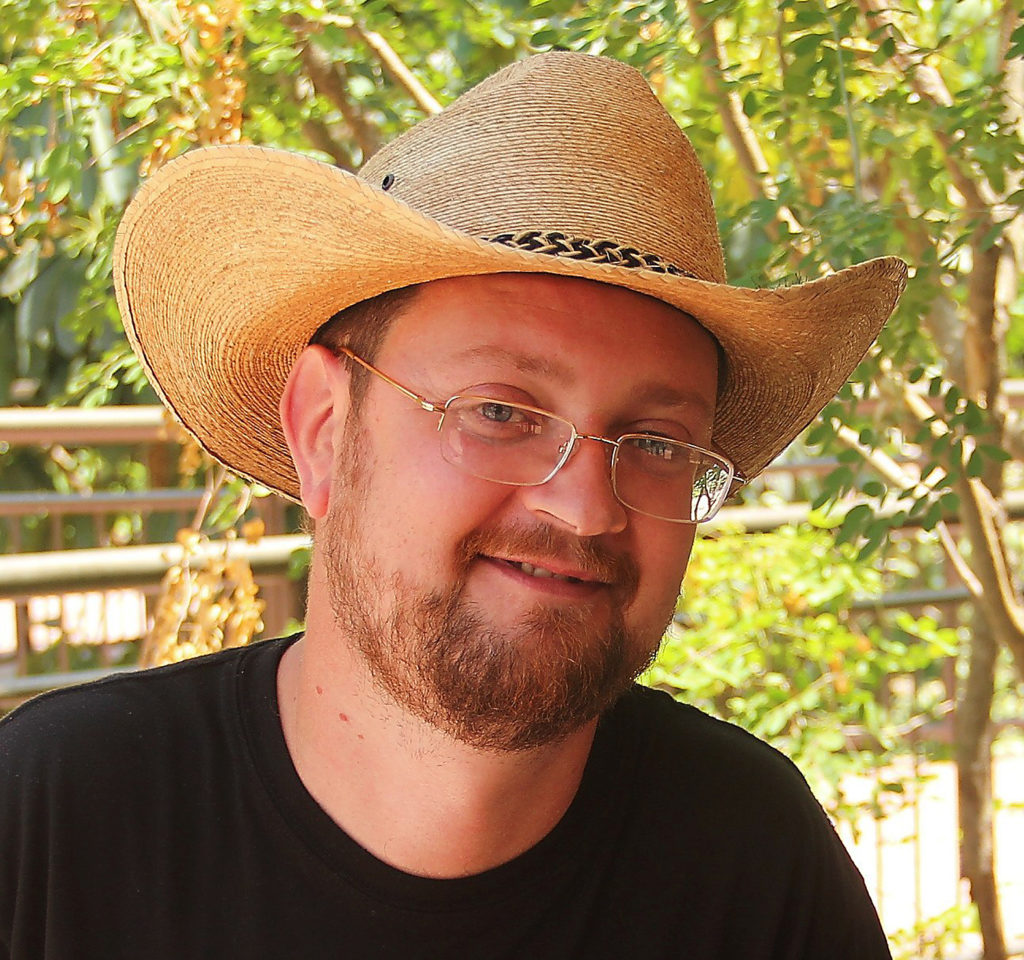
Myrmecological News Blog has launched The Latitude Project – by using latitudes to circle the globe, we collect impressions of the ants of the world in terms of their diversity, ecology, life history, and conservation biology. Starting with 60° North, we shine flashlights on the ants of every continent passed by interviewing ant researchers on every continent. Our third interview is with Dmitry Dubovikoff in Russia (following Riitta Savolainen in Finland and Javier Ibarra-Isassi and Jean-Philipp Lessard in Canada).
An Interview compiled by Florian M. Steiner

MNB: What are your GPS coordinates?
DD: My laboratory is located in the center of St. Petersburg on Vasilievsky island (59° 56′ N, 30° 16′ E), but I conduct the main field research (and summertime in general) with my students in the Lower Svir Nature Reserve (LSR) located about 250 km east of St. Petersburg (60° 39′ N, 33° 08′ E). Next, I will mostly refer to that place.
MNB: What are the annual mean temperature and the annual precipitation in your area?
DD: In LSR, the average annual temperature is +3.2 °C, and the average annual rainfall is about 670 mm. The warmest month is July (the average annual temperature is +18.8 °C with a maximum recorded of +37.7 °C and a minimum below -40 °C).
MNB: Which ant subfamilies occur there?
DD: In LSR, we have only members of the subfamilies Formicinae and Myrmicinae but in St. Petersburg also Ponerinae (Hypoponera punctatissima).
MNB: What is a typical natural habitat in your area?
DD: The main part of the territory of LSR is occupied by swamps (protected by the Ramsar Convention) and pine or mixed forests (Figs. 1, 2).
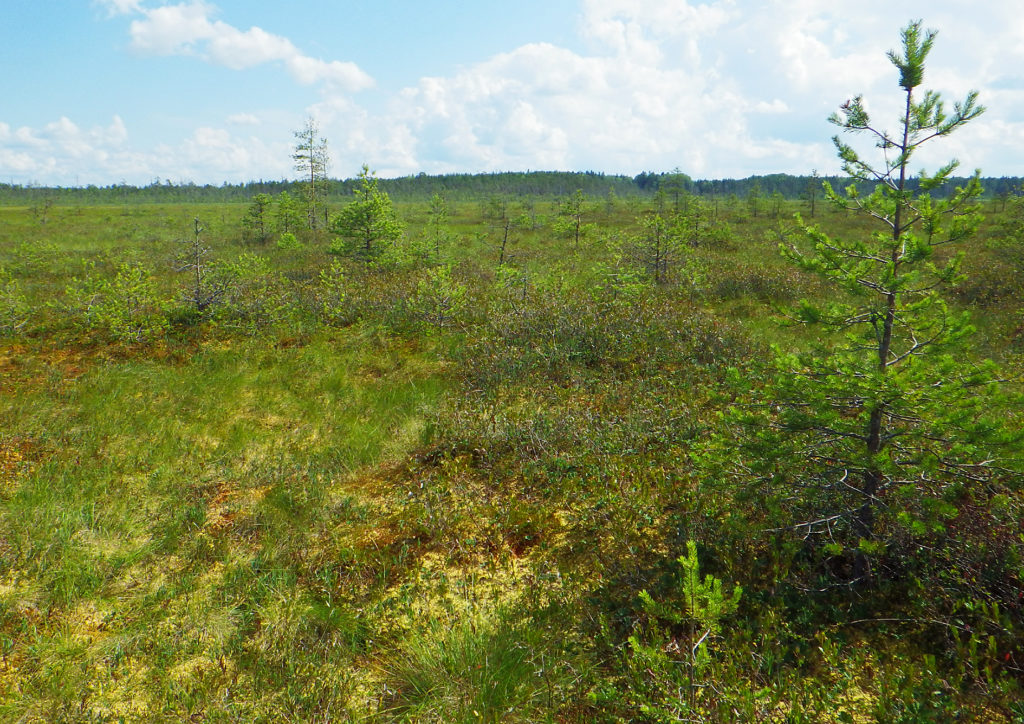
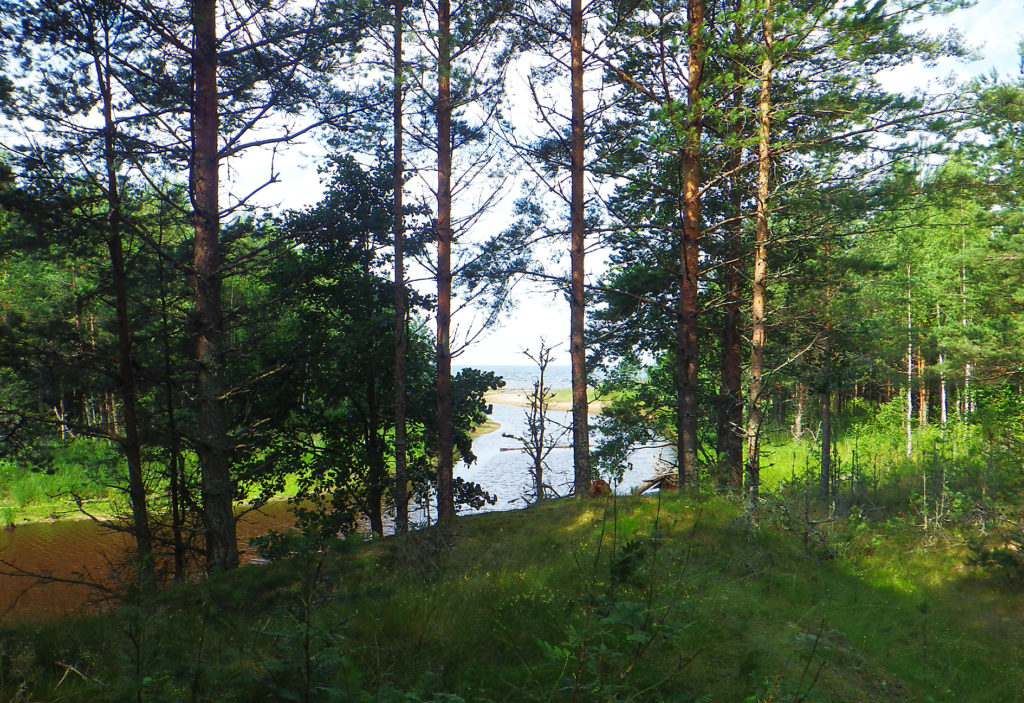

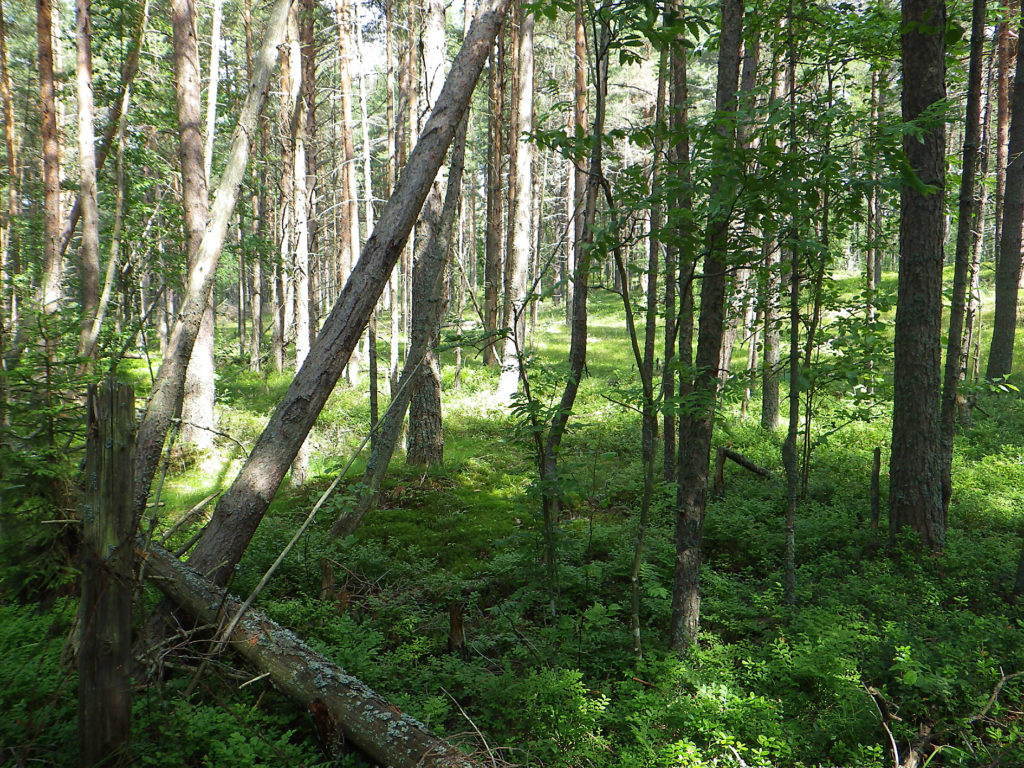
MNB: How many ant species typically occur in this habitat?
DD: To date, about 40 species have been recorded for LSR, but we are still working on its ant fauna.
MNB: What is your favourite ant from your area, and what fascinates you most about it?
DD: Now I can say for sure that my favorite species in the reserve is Formica uralensis (Ruzsky, 1895) 😊 (Fig. 3). In the last few years, my group and I tried to find this species in the reserve, searching most of the swamps. Only this year, we found a few nests in a small old swamp not far from one of our stations, which we previously had passed by 😊 (Fig. 4). Previously, my favorite species in northwestern Russia was Harpagoxenus sublaevis (Nylander, 1849).

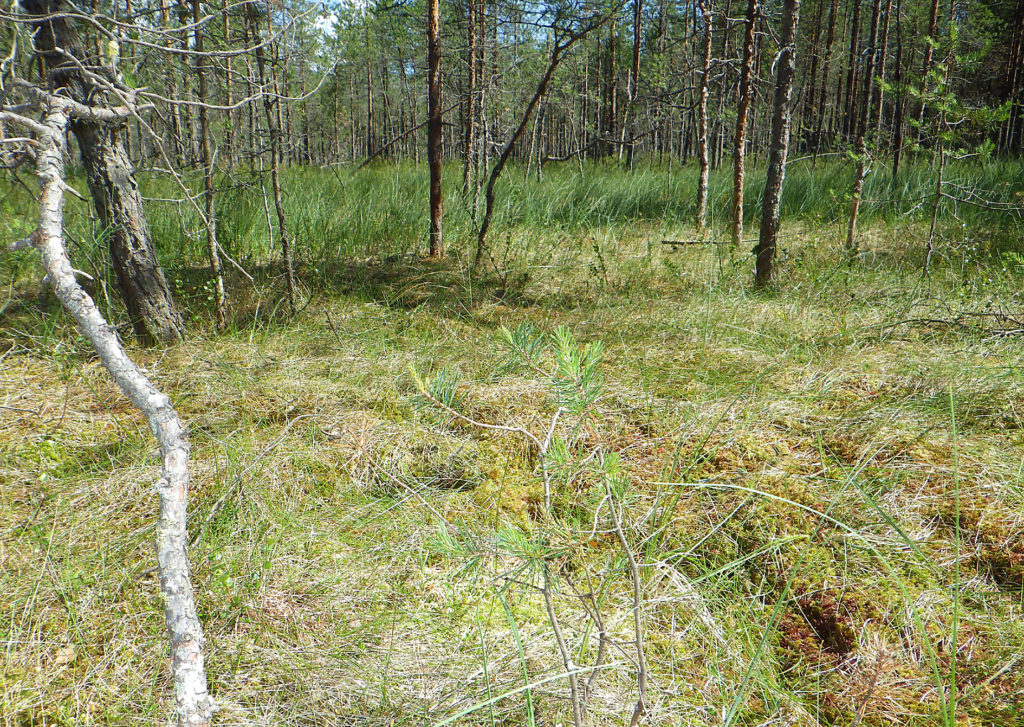
MNB: Where does your favourite ant species, Formica uralensis, nest, and how many workers live in one nest, roughly?
DD: In the old swamps (their age is estimated at about 2000 years!), all nests which we found were quite small (Fig. 5), and the number of workers can be estimated at no more than a few hundred individuals (and a maximum of about 1000 workers).
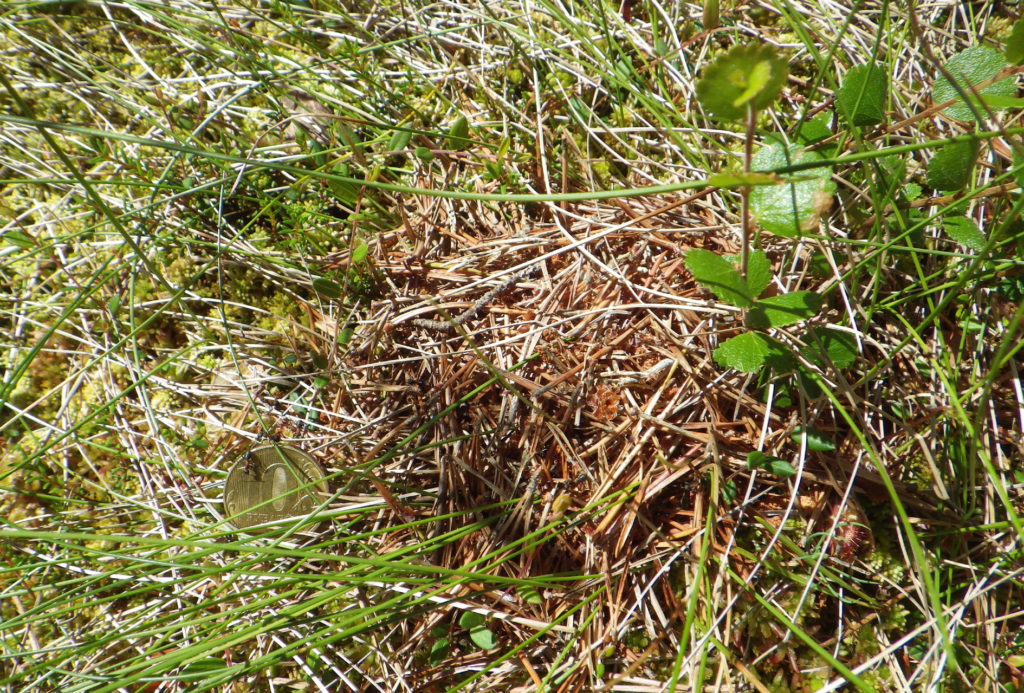
MNB: Do you know its mating strategy, how new nests are founded, and how many queens are in one nest?
DD: We assume that all the nests we found are monogynous. Now we have just started studying this species’ biology in LSR.
MNB: What do workers feed on? What do they feed to their larvae?
DD: This species is mainly zoonecrophagous, but workers also visit aphid colonies.
MNB: Is the species territorial, and if so, how does it defend its territory?
DD: That is an interesting question. We found several nests quite close to each other. Their roads were directed in different directions, but how they solve “territorial issues” remains to be seen.
MNB: How common is your favourite ant, and is it threatened?
DD: This is a rare species not only in the LSR but in general in Russia. This population is located in a reserve with a serious regime of protection – this species does need protection, especially of the biotopes in which it lives.



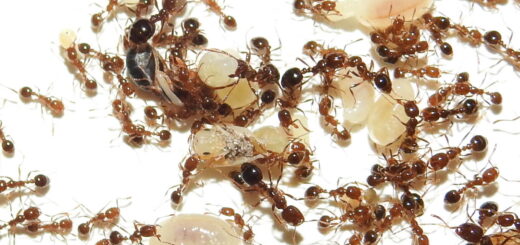
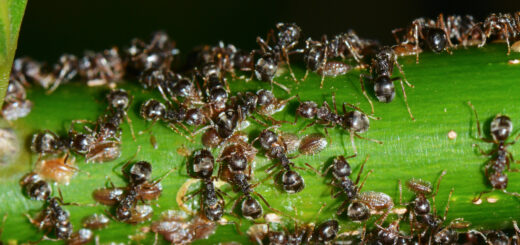
Recent Comments